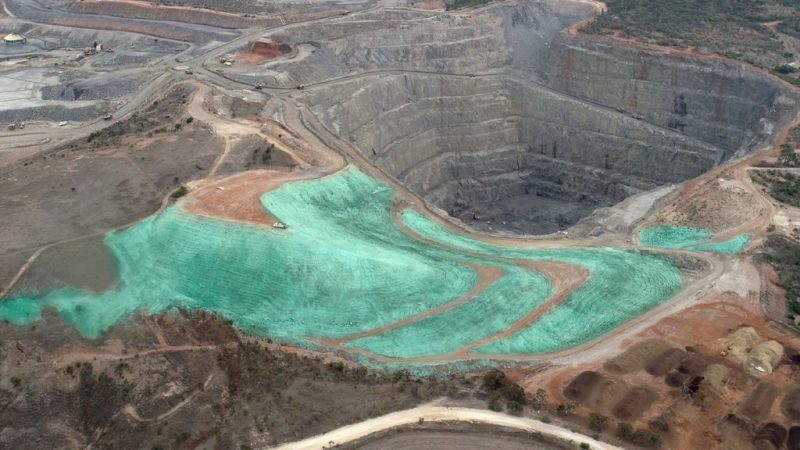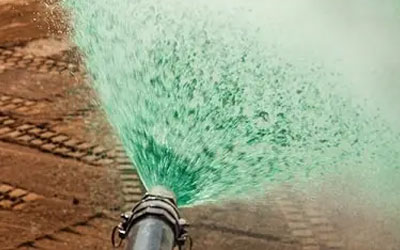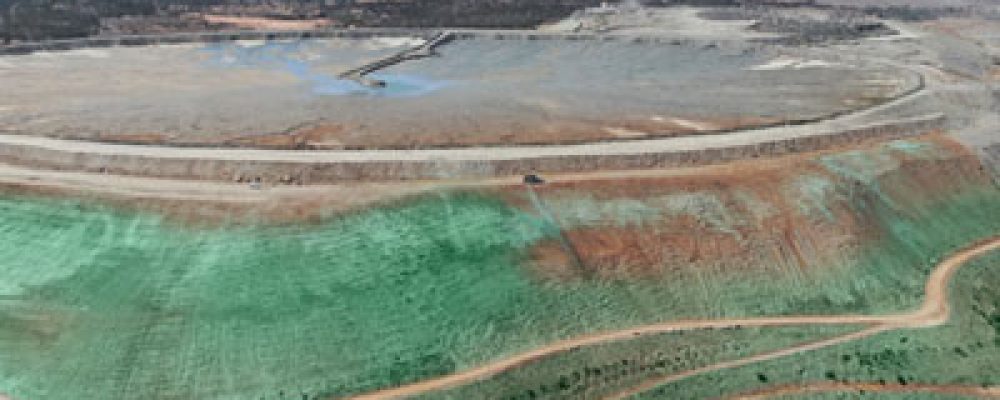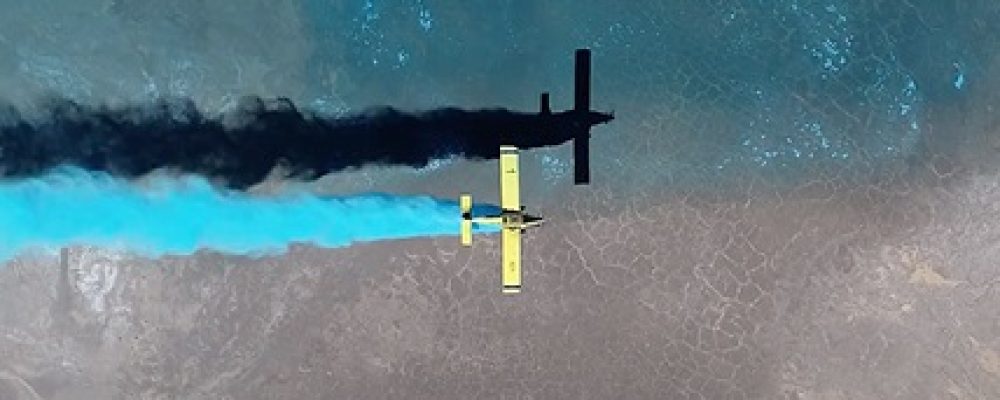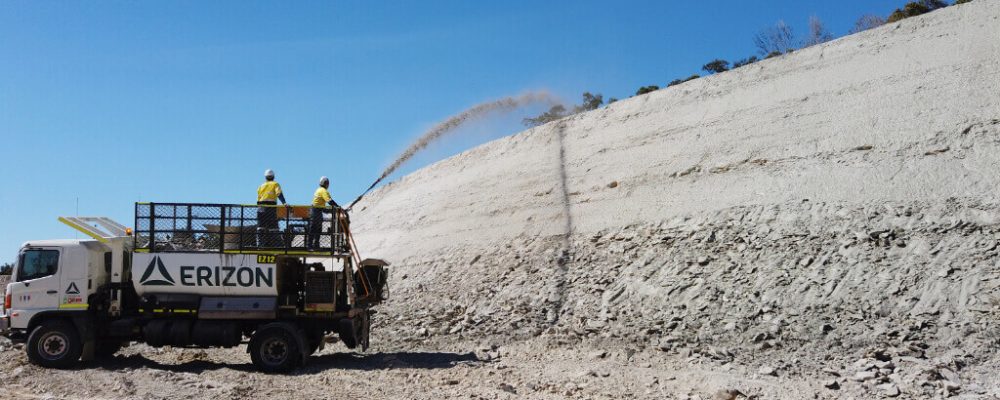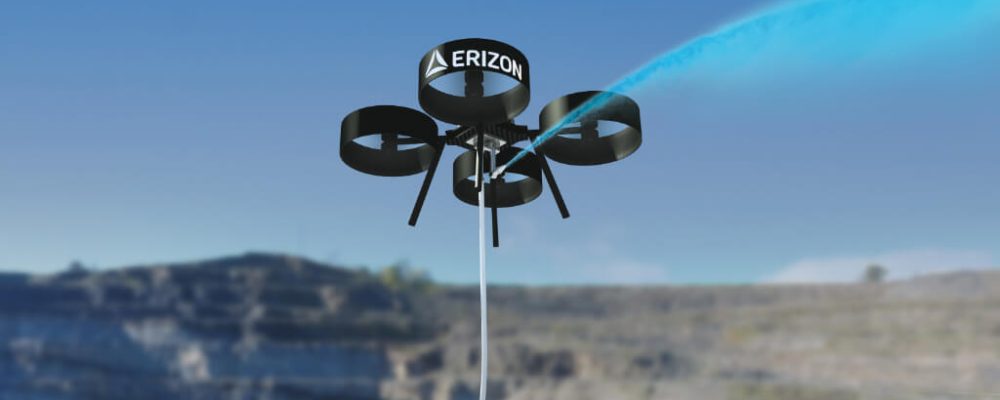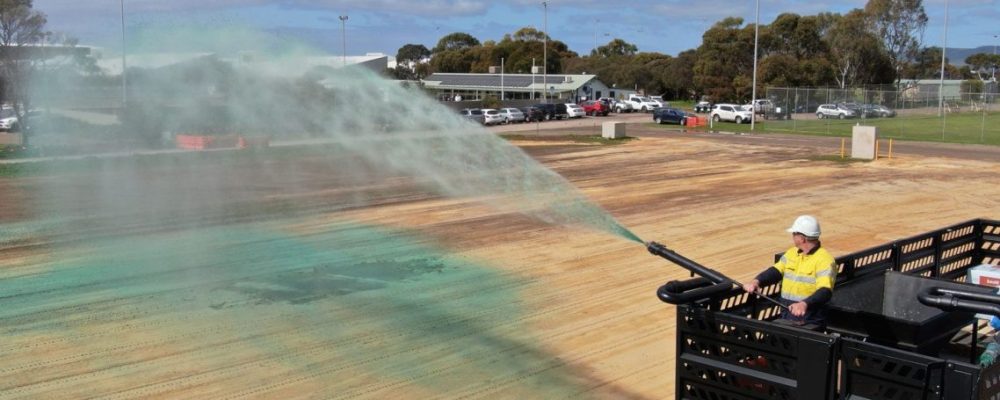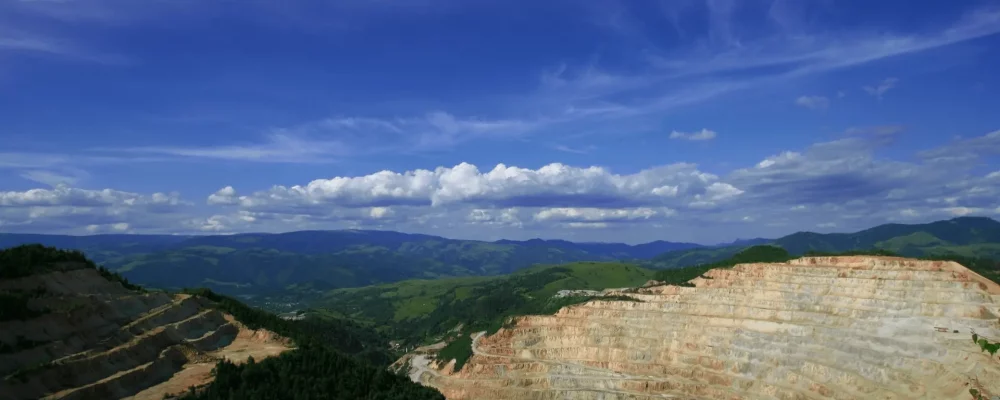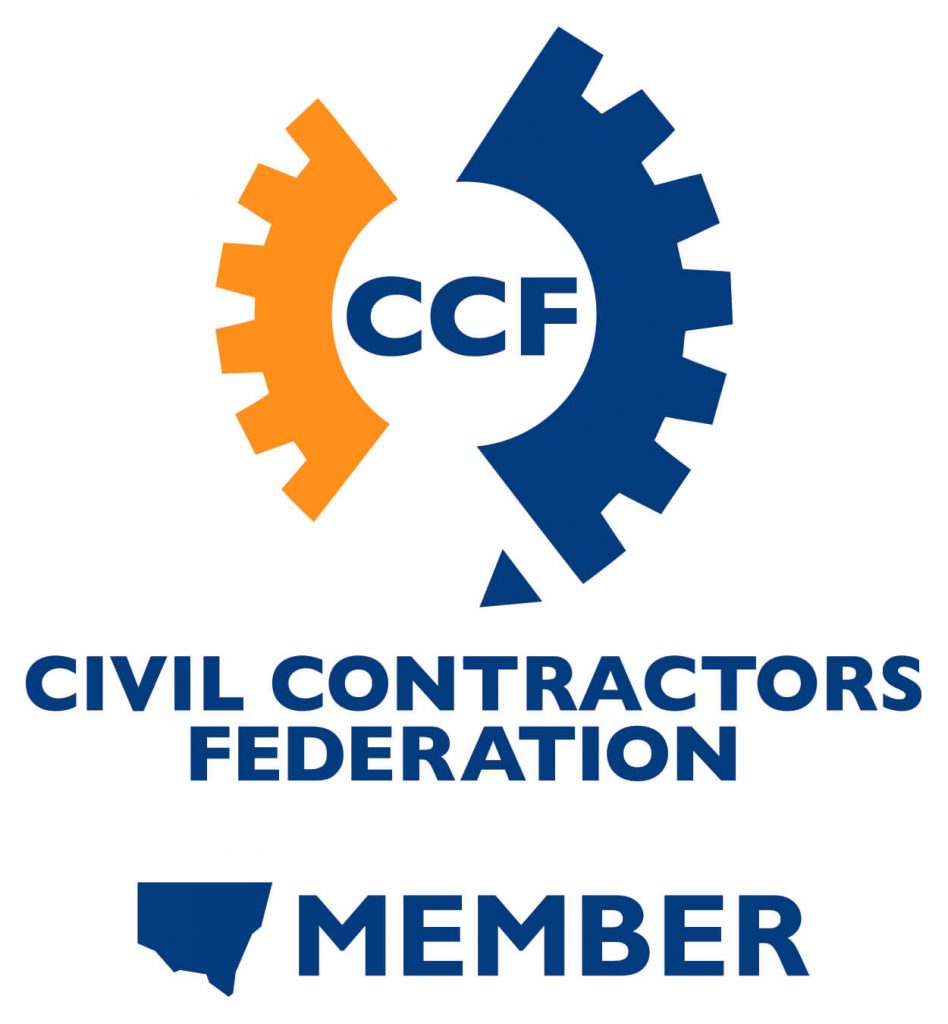On-site safety is one of the most important considerations for any industrial site, whether mining, construction, or rail. Erizon considers safety the number one priority for any project we’re involved in. Our Vision Zero encapsulates this belief and is fully embedded in our company culture.
What is Vision Zero?
Vision Zero is Erizon’s safety strategy built around the belief that zero is the only acceptable number for workplace accidents, injuries, or fatalities. On-site safety is of paramount importance to Erizon. We implement this strategy across the entire company, from the office to the field.
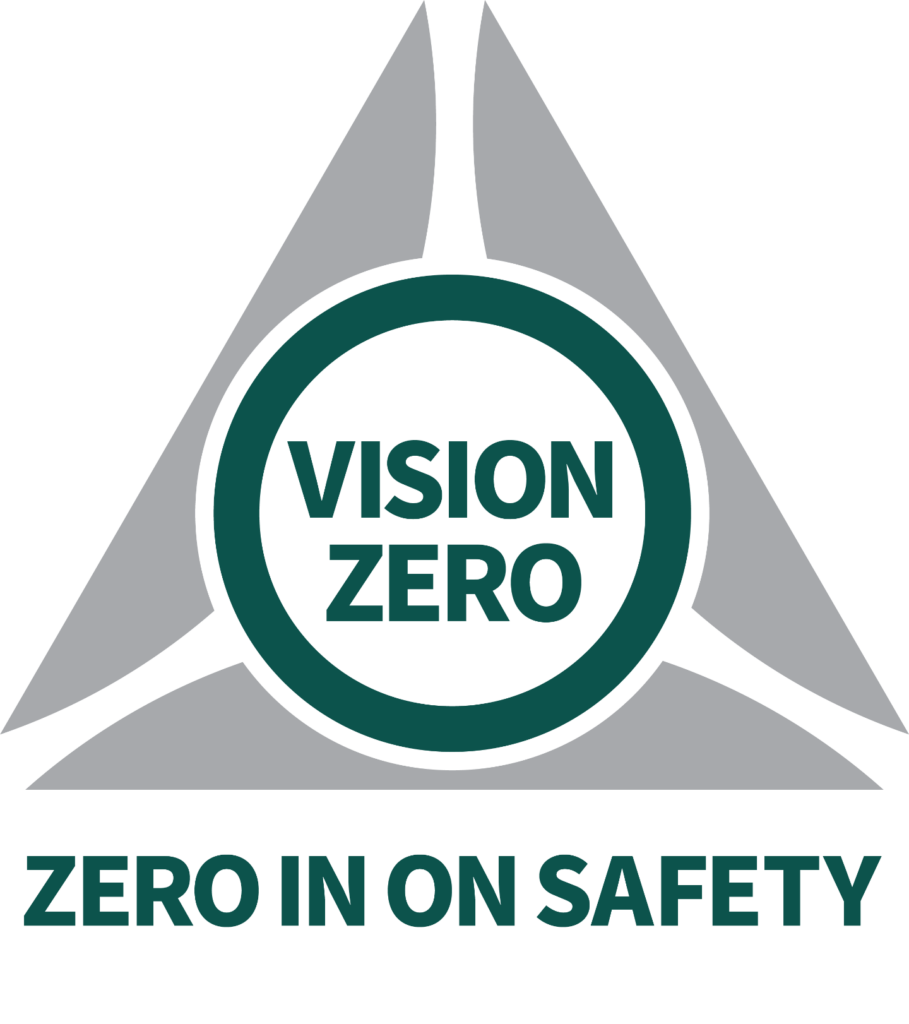
How is Vision Zero implemented for on-site safety?
Erizon works closely with our clients to perform risk assessments on all projects. We consider on-site safety hazards, general threats, as well as equipment and operational hazards. Doing this can help minimise or eliminate risks and create a much safer working environment.
All of Erizon’s staff attend regular hazard prevention training. They are required to hold up-to-date safety certifications and licenses to ensure they’re aware of the most current on-site safety requirements. Erizon knows that employees in the field are usually the first to notice hazards or risks. With proper training, the staff can recognise and report any potential issues early and resolve them before they become issues.
Erizon has a six-step approach to on-site safety, elimination, substitution, isolate, engineering control, administrative control, and PPE.
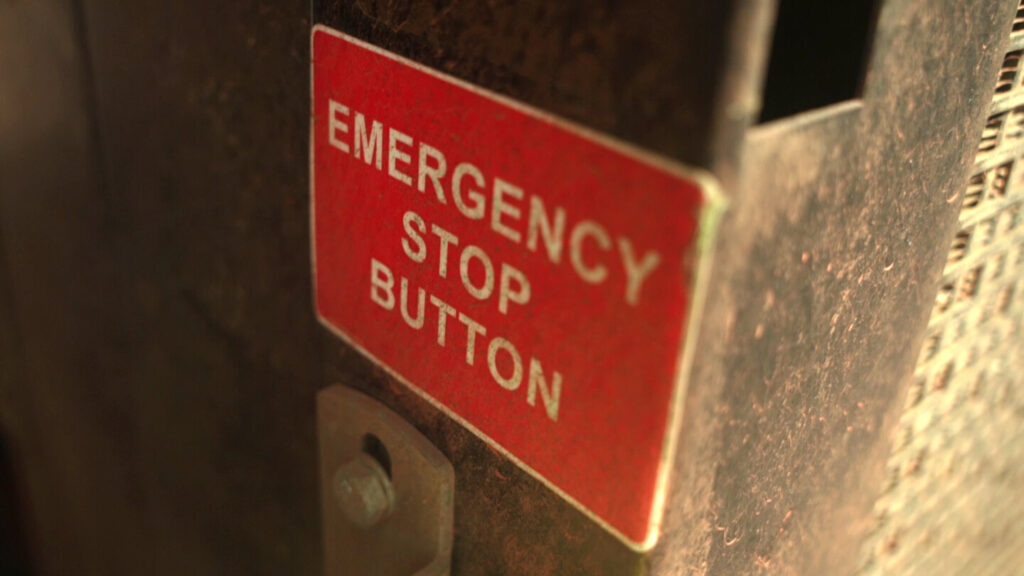
Elimination
Eliminating risks and hazards is the best solution when it’s an option. For example, tripping hazards can often be eliminated by either removing the danger or rerouting the walkway around them. Accessibility challenges often create a level of risk and is a hazard Erizon often faces when deploying their products. Erizon has worked to eliminate, or at the least minimise, these risks through the development of hydraulically-applied products. All Erizon products can be hydraulically applied, which removes the need for boots on the ground when applying them. Using HydroRigs, drones, helicopters, and air tractors eliminates accessibility challenges and on-site safety risks, resulting in a safer work environment.
Substitution
If it’s impossible to eliminate the hazard altogether, then substitution is the next option to look at. Often it is possible to make a substitution to lower the risk of a given hazard. An excellent example of this is soft ground. Soft ground is a hazard to vehicles that may need to traverse it, possibly getting stuck or creating large grooves due to the tire tracks, creating other hazards. Erizon’s solution is to equip our trucks with low-pressure tracks, substituting regular tires for a more efficient track system. Low-pressure tracks reduce surface pressure by up to 850%; this almost eliminates the risk of the trucks getting stuck in the soft or loose ground while also reducing any deep tire tracks.
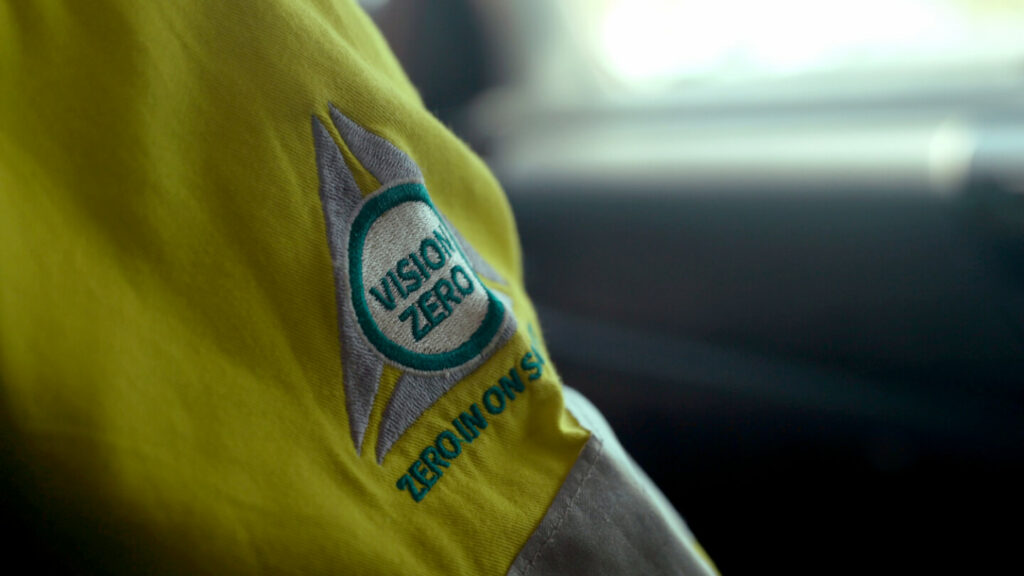
Isolate
Often some hazards can’t be eliminated or have a viable substitution option. In these cases, the next step is isolating the hazard. The most common implementation of this is restricting access to the worksite, but it is often worth implementing on a smaller scale. Restricting access to hazardous equipment so that only those properly trained and capable have access to it dramatically lowers the risk of accidents. Whether it’s vehicles, machinery, or chemicals, only those with the appropriate training and knowledge should be working with and around such hazards.
Engineering controls
It’s often possible to re-engineer a process or workspace to lower risks associated with a particular task. Some machinery can be operated remotely to remove an operator’s risk of direct contact with a potential hazard. Where remote operation is not an option, it may create barriers to protect the operator from any potential contact with moving parts.
Administrative controls
Proper training is one of the most critical factors on any work site. All Erizon personal are required to hold all relevant up to date licenses and certifications while also offering additional training and certifications as needed or requested to ensure our staff are all aware of the most current on-site safety requirements. Erizon also ensures any relevant information is easily accessible by staff to ensure an answer can be found quickly for any potential problems that may arise, lowering any risk associated with that problem through a quick resolution.
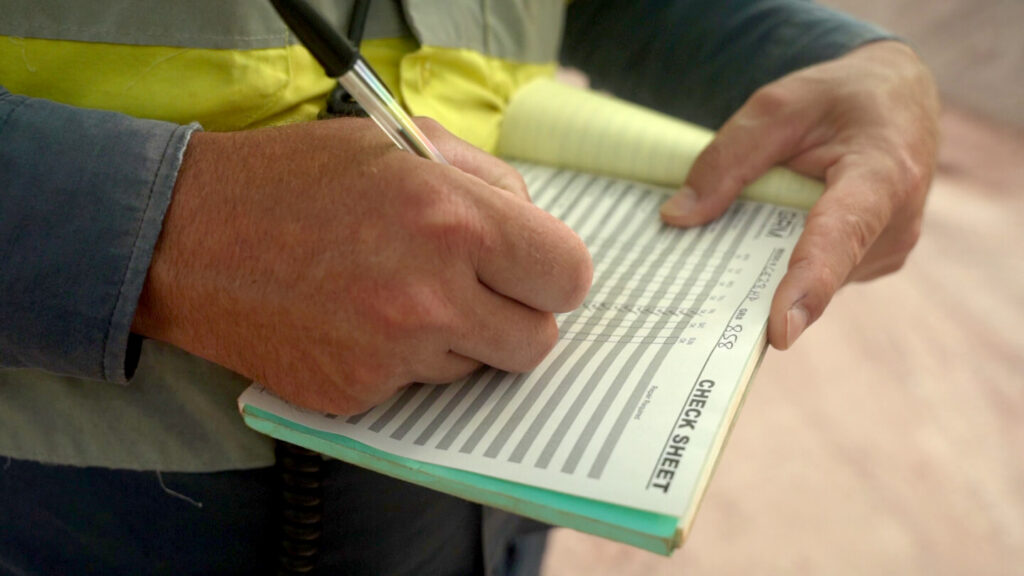
Personal Protective Equipment (PPE)
Personal protective equipment is the last line of defence for minimising risk, but that doesn’t make it any less important. Appropriate equipment such as helmets, masks, boots, safety glasses, and gloves can make all the difference if something goes wrong, preventing injury or even death. All Erizon staff are fully trained in PPE and provided with appropriate equipment for any job or site.
If on-site safety is important to you on your site, you should ensure you’re working with companies with the same mindset. Erizon considers safety and Vision Zero as our number one priority and will bring that safety mindset to your site!
